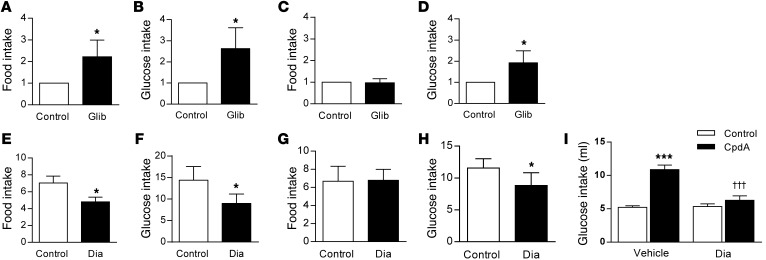Figure 4. Effect of activating and inhibiting arcuate nucleus KATP channels on food intake and glucose appetite.
(A) Chow intake relative to that of control-treated rats 4 hours after intra-arcuate injection of 2 nmol glibenclamide (Glib) or vehicle (control) in rats (n = 12). (B) 2% w/v glucose solution intake relative to that of control-treated rats 4 hours after intra-arcuate injection of 2 nmol glibenclamide or vehicle in rats (n = 11). (C) Chow intake and (D) 2% w/v glucose intake relative to that of control-treated rats 4 hours after intra-arcuate injection of 2 nmol glibenclamide or vehicle in rats with ad libitum access to 2% w/v glucose and normal chow (n = 10). (E) Chow intake relative to that of control-treated rats 1 hour after intra-arcuate injection of 1 nmol diazoxide (Dia) or vehicle in rats (n = 9). (F) 2% w/v glucose intake relative to that of control-treated rats 1 hour after intra-arcuate injection of 1 nmol diazoxide or vehicle in rats (n = 9). (G) Chow intake and (H) glucose intake relative to that of control-treated rats 1 hour after intra-arcuate injection of 1 nmol diazoxide or vehicle in rats with ad libitum access to 2% w/v glucose and normal chow (n = 9). (I) 2% w/v glucose solution intake 1 hour after intra-arcuate injection of vehicle CpdA or 1 nmol diazoxide administered alone (control) or followed by injection of 0.5 nmol CpdA in rats (n = 10). Data are presented as mean ± SEM. *P < 0.05; ***P < 0.001 versus control; †††P < 0.001 versus CpdA vehicle injected.

